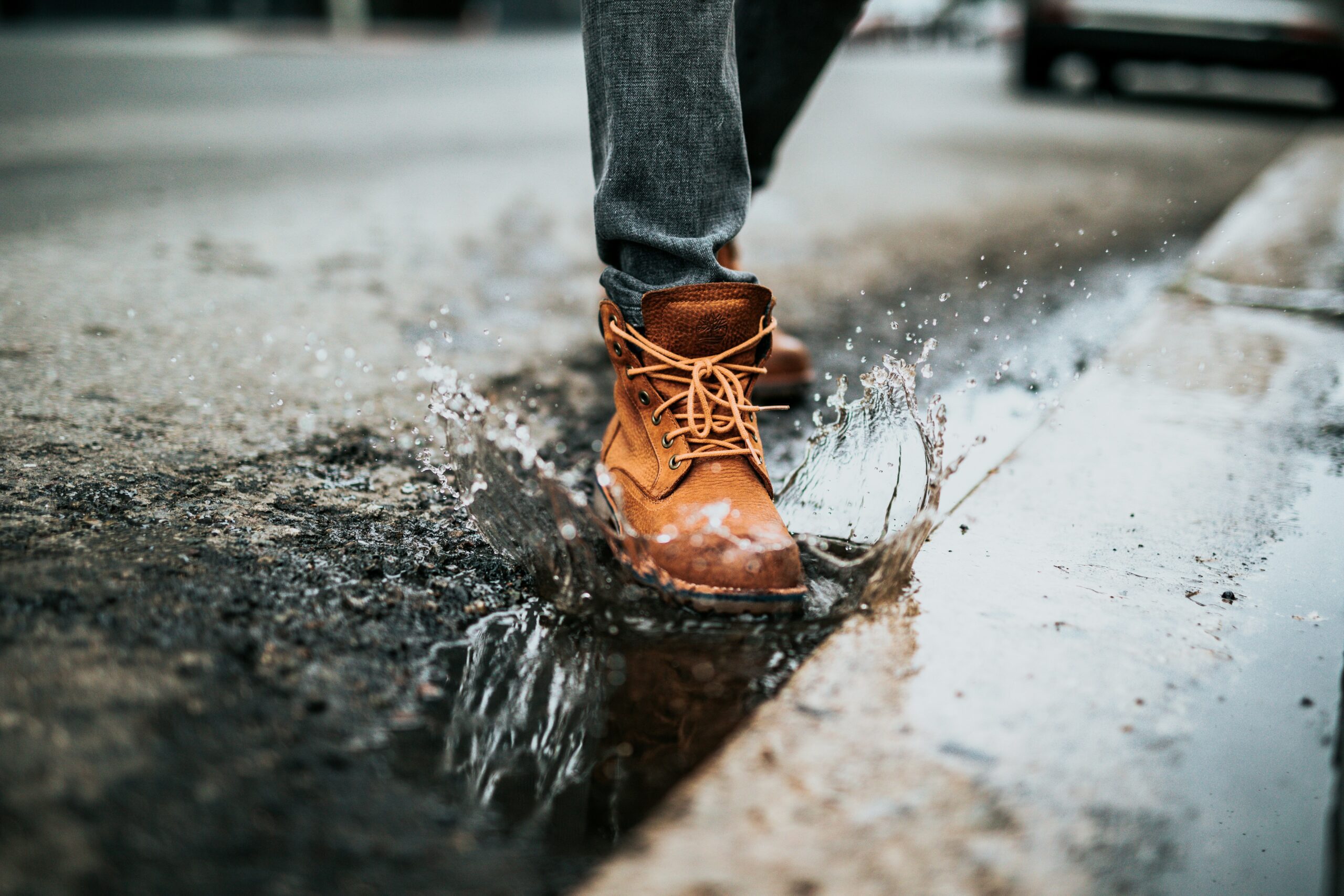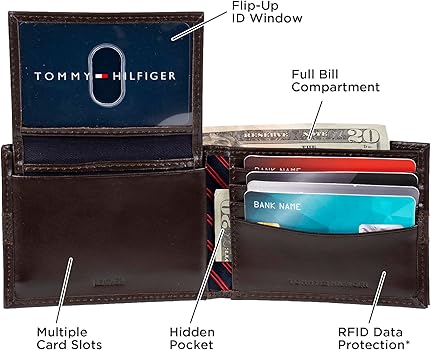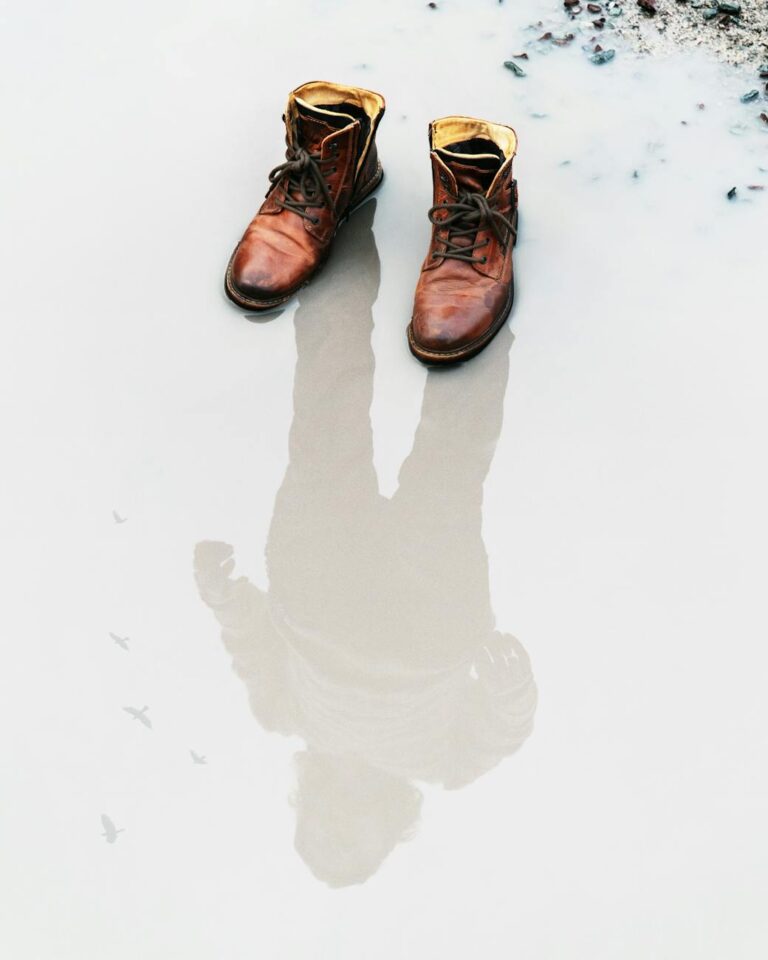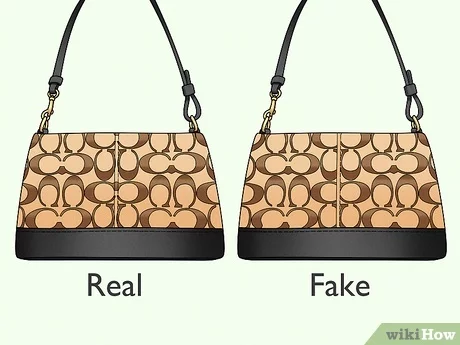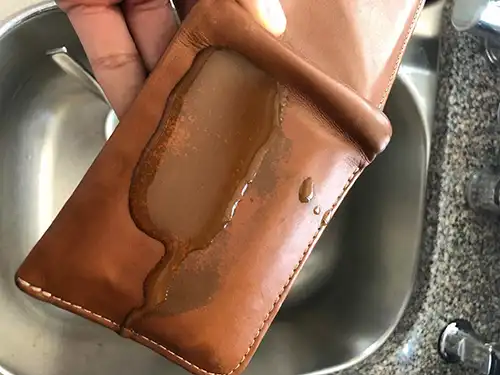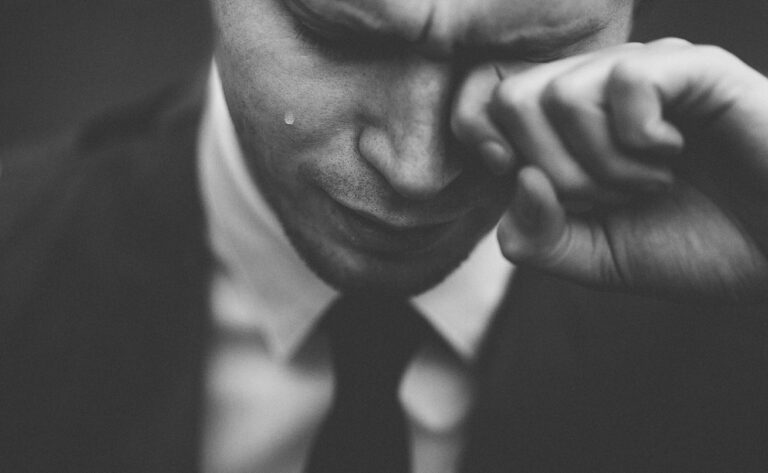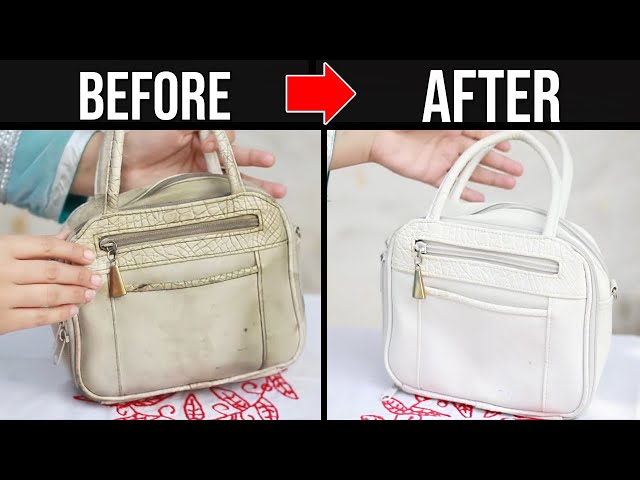Mastering Leather Care: Say Goodbye to Water Stains on Your Shoes
Understanding Leather Water Stains
Water stains on leather shoes are a common issue many people face. Understanding the causes of these stains and the types of leather that are most vulnerable can help prevent and manage them effectively.
Causes of Water Stains
Leather is porous, which means it can absorb water and other liquids easily. When water comes into contact with leather, it can cause the fibers to swell and distort, leading to visible damage (Eikenshop). Several factors can lead to water stains:
- Rain: Exposure to rain can leave noticeable stains on leather shoes.
- Spills: Accidental spills can penetrate the leather surface, leading to stains.
- Cleaning: Using too much water when cleaning leather can also cause stains.
- Sweat: Sweat from your feet can cause water stains, especially in hot weather.
| Cause of Water Stains | Description |
|---|---|
| Rain | Exposure to rainwater |
| Spills | Accidental liquid spills |
| Cleaning | Excessive use of water during cleaning |
| Sweat | Sweat from feet in hot weather |
Leather Types and Vulnerability
Different types of leather have varying degrees of vulnerability to water stains.
Full-Grain Leather: This type of leather is made from the outermost layer of the hide and retains its natural grain. It offers a higher degree of natural water resistance compared to other types of leather. However, it is not entirely waterproof (Eikenshop).
Top-Grain Leather: This leather is sanded and buffed to remove imperfections, reducing its natural water resistance. It is more susceptible to water damage compared to full-grain leather.
Suede: Suede is made from the underside of the hide and has a soft, fibrous texture. It is highly absorbent and thus more vulnerable to water stains (Eikenshop)
Nubuck: Similar to suede, nubuck leather is sanded on the outside to create a soft, velvet-like texture. It is also more prone to water stains due to its absorbent nature.
The factors such as the age, quality, and environmental conditions also play a significant role. Older leather may lose some of its protective coatings, and lower-quality leather may not be adequately treated to resist water (Eikenshop).
| Leather Type | Water Resistance | Description |
|---|---|---|
| Full-Grain Leather | High | Retains natural grain, higher water resistance |
| Top-Grain Leather | Medium | Sanded and buffed, reduced water resistance |
| Suede | Low | Soft and fibrous, very absorbent |
| Nubuck | Low | Velvet-like texture, highly absorbent |
To better manage water stains and maintain your leather items, you can learn more about related care tips, such as how to get water stains out of leather and how to soften hard leather shoes. These resources provide valuable information to help keep your leather items in top condition.
Effects of Water on Leather
Water stains on leather can lead to significant changes, impacting both the aesthetics and durability of your leather items, such as jackets and shoes. Understanding the effects of water on leather is essential in order to effectively address these changes.
Swelling and Distortion
Leather is highly susceptible to water damage due to its porous nature. When leather comes into contact with water, the fibers within the material can swell and distort. This swelling disrupts the natural structure of the leather, leading to visible damage such as wrinkles and creases (Eikenshop).
| Effect | Explanation |
|---|---|
| Swelling | Water penetrates the leather’s porous surface, causing the fibers to expand. |
| Distortion | The swelling of fibers leads to irregular shapes and visible creases on the leather surface. |
Ensuring that water does not sit on the surface of your leather items for an extended period can reduce these adverse effects. Promptly addressing water contact, through blotting and drying, is crucial. Visit our guide on how to soften hard leather to learn about maintaining the suppleness of your leather items.
Changes in Color and Texture
Water can also cause changes in the color and texture of leather, resulting in noticeable stains. The interaction between water molecules and the leather’s chemical makeup disrupts the natural oils and waxes that keep the material supple and visually appealing. This disturbance can lead to uneven coloring, dark spots, and patches that are often perceived as water stains (Eikenshop).
| Effect | Explanation |
|---|---|
| Color Change | Water disrupts natural oils, leading to darkened spots and uneven coloring. |
| Texture Change | The disruption of leather’s chemical makeup results in a rough or uneven surface. |
Certain types of leather, like suede, are more vulnerable to these changes compared to full-grain leather, which offers a higher degree of natural water resistance (Eikenshop). To better handle such situations, you can explore alternative remedies and household solutions that offer effective ways to counter water stains. Visit our page on how to get water stains out of leather for further insights.
Immediate Action for Water Stains
When dealing with water stains on your leather items, taking prompt and correct action is vital to prevent permanent damage.
Blotting and Drying
The first step in addressing water stains on leather is to gently blot the affected area. Using a clean, absorbent cloth, press down on the stain to absorb as much moisture as possible. Avoid rubbing, as this can spread the water and cause further staining.
Once you have blotted out the excess water, it’s crucial to let the leather air dry naturally. Place your leather item in a well-ventilated area away from direct heat sources such as radiators or sunlight, which can lead to further damage or discoloration. According to Eikenshop, allowing the leather to dry at its own pace helps to minimize swelling and distortion.
Importance of Quick Response
Acting swiftly is essential when it comes to handling water stains on leather. The longer a water stain sits on the leather, the more difficult it becomes to remove. Quick action helps to prevent the water from seeping deeper into the material, where it can cause lasting changes in color and texture (LeatherNeo).
Ensuring rapid response can make the subsequent cleaning process more effective and less damaging to the leather. For more insights on maintaining leather quality, explore our guide on how to get water stains out of leather.
By following these immediate steps, you enhance the chances of preserving your leather items in pristine condition. For further advice on leather care, consider checking our articles on how to soften hard leather, how to get water stains out of leather, and how to get creases out of leather shoes.
Cleaning Water Stains on Leather
Water stains on leather shoes can be a common concern, but with the right approach, you can keep your leather shoes looking pristine. Here are two effective methods to clean water stains on leather.
Using Leather Cleaner
Leather cleaner is specifically formulated to handle the delicate nature of leather materials. Opting for a leather cleaner with a pH level of 5.5-6 is ideal for removing water stains effectively (LeatherNeo).
Steps to Use Leather Cleaner:
- Pour a few drops of leather cleaner onto a soft cloth.
- Gently rub the cloth in a circular motion over the water stain.
- Wipe off any residue with a clean, dry cloth.
- Let the leather dry for about 30 minutes.
The gentle cleaning approach helps to remove the stain without damaging the leather surface. For more information on maintaining leather, visit our guide on how to get water stains out of leather.
Vinegar Solution
A vinegar solution is a handy household remedy for water stains on leather. It is effective because vinegar, when diluted with water, has a lower pH level, making it suitable for leather cleaning.
Steps to Use Vinegar Solution:
- Mix equal parts of vinegar and water.
- Dampen a soft cloth with the solution.
- Gently rub the damp cloth on the water stain in a circular motion.
- Wipe off any excess solution with a dry cloth.
- Allow the leather to air dry.
Using a vinegar solution allows you to break down the stain while maintaining the integrity of the leather.
| Method | Materials Needed | Time Required |
|---|---|---|
| Leather Cleaner | Leather cleaner, cloths | ~30 minutes |
| Vinegar Solution | Vinegar, water, cloths | ~30 minutes |
For further reading on caring for leather items, explore our articles on how to get oil out of leather shoes and how to soften hard leather shoes. These resources provide additional tips and techniques to keep your leather items in top shape.
Advanced Methods for Stubborn Stains
When it comes to dealing with persistent water stains on your leather shoes, advanced techniques can help restore their original condition. This section covers the use of alcohol and cuticle remover as well as the application of coconut oil.
Alcohol and Cuticle Remover
Using alcohol can be an effective method to remove stubborn water stains from leather. To use this method:
- Dip a cotton swab in alcohol: Gently rub the stained area with the alcohol-soaked swab.
- Use a blow dryer: After applying alcohol, use a blow dryer on a low setting to dry the area.
- Apply cuticle remover: A thick layer of cuticle remover can be applied to further assist in stain removal.
This method is recommended for old, persistent stains where standard cleaning methods have failed to yield results. Ensure you test the alcohol on a small, inconspicuous area first to avoid discoloration. For similar tips, you might find our article on how to get water stains out of leather useful.
Coconut Oil Application
Coconut oil is another household remedy effective in treating stubborn water stains on leather. To use this method:
- Clean the stained area: Use water or a mild vinegar solution to clean the affected leather surface completely.
- Apply coconut oil: Gently rub coconut oil onto the leather in a circular motion.
- Let it sit: Allow the oil to sit for about 30 minutes.
- Wipe off excess: Gently wipe off any excess oil from the surface.
Using coconut oil helps restore the natural oil content of the leather, making it more effective in removing old stains. This method works best when applied consistently and carefully without saturating the leather. You may also want to read about how to repair peeling faux leather bag to maintain the condition of your leather items.
When dealing with stubborn water stains, these advanced methods can be your go-to solutions. For more tips on taking care of leather, see our related topics such as how to get scratches out of leather shoes or how to get a grease stain out of leather shoes.
Alternative Remedies for Water Stains
If you’re looking for unconventional methods to remove water stains from your leather shoes, there are several household solutions you can try. These alternatives can be surprisingly effective.
Utilizing Mayonnaise
Mayonnaise, a common kitchen staple, can be an unexpected hero when it comes to tackling water stains on leather. The vinegar and oil in mayonnaise work together to break down the stains and restore the leather’s appearance.
- Application: Apply a small amount of mayonnaise directly to the water stain.
- Waiting: Let the mayonnaise sit for about 10-15 minutes.
- Cleaning: Wipe off the remaining mayonnaise with a clean cloth.
This method is noted for its effectiveness in removing old water stains from leather (LeatherNeo). For more tips on dealing with specific leather types, explore our article on how to get water stains out of leather.
Other Household Solutions
Several other household items can also be useful for removing water stains from leather shoes. These common solutions can be found right in your home and can offer a quick fix.
White Vinegar and Water: Create a 50/50 solution of white vinegar and water. Dab a cloth into the mixture and gently rub the stain. The vinegar helps break down the stain while the water dilutes its intensity
Baking Soda: Sprinkle a small amount of baking soda on the damp area. Let it sit for a few hours to absorb moisture and stains. Wipe away the baking soda with a damp cloth.
Cornstarch: Similar to baking soda, cornstarch can be sprinkled on the water stain to absorb moisture. After letting it sit overnight, simply brush it off with a soft cloth.
Here’s a handy table to summarize these solutions:
| Household Solution | Method | Recommended Waiting Time |
|---|---|---|
| Mayonnaise | Apply and wipe | 10-15 minutes |
| White Vinegar & Water | Dab and rub | Immediate |
| Baking Soda | Sprinkle and brush off | Few hours |
| Cornstarch | Sprinkle and brush off | Overnight |
For further information on leather care, you might also find our articles on how to soften hard leather shoes and how to wash leather shoes helpful. Always remember to spot test any solution on a small, inconspicuous area of your leather shoes to ensure it doesn’t cause discoloration or damage.

